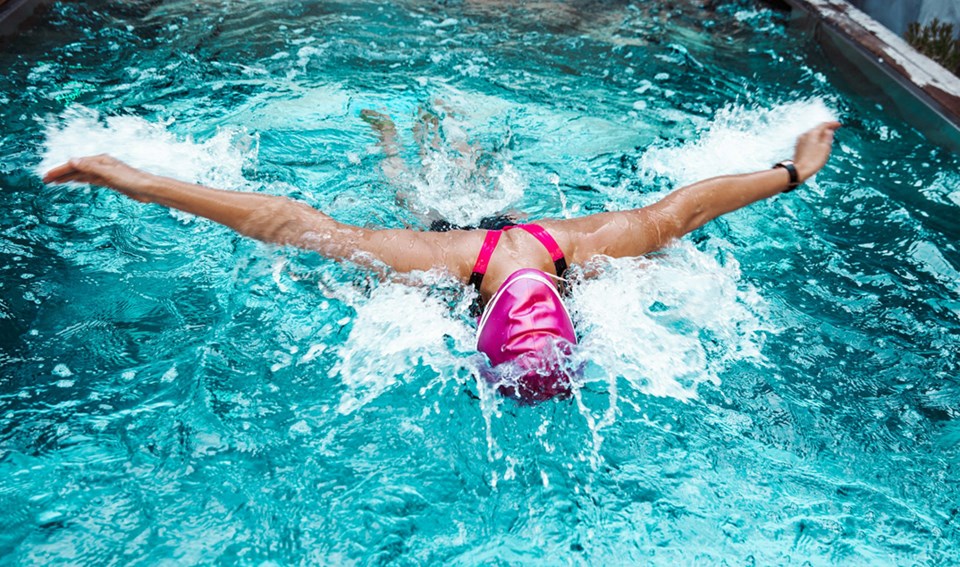THE CONVERSATION — Imagine this scenario: a 15-year-old child is caught consuming cannabis in public and . If the child is found guilty, the to order an absolute discharge to avoid convicting the child, or to convict the child but excuse the payment of a fine under certain conditions. There would be a to protect the identity of the child.
But what if the child is an athlete caught consuming cannabis for social purposes at a sport competition, in violation of ?
If proven, the athlete would be . There would be no publication ban to protect the child athlete’s identity from media scrutiny.
These scenarios illustrate the lack of protection for child athletes in sport, compared to other aspects of society. Similar examples contrasting children’s treatment in and outside of sport can be found in and that are intended to prevent .
With the Paris Olympics approaching, questions will again be raised . This presents an opportunity for those in amateur and professional sports to work toward protecting the safety and well-С����Ƶ of child athletes.
Sport governance
Every member state of the United Nations, , has pledged to uphold the United Nations Convention on the Rights of the Child.
These states have laws that recognize children as a protected class by imposing obligations on various institutions — such as health, education, social welfare and justice — to ensure the safety and well-С����Ƶ of children.
Sport organizations are expected to carry out the same legal duty of care for children. But, unlike other institutions, sport organizations are not held legally accountable for their failure to do so — either due to a lack of enforcement of laws of general application or the absence of specific laws regulating sport. Sport organizations are largely self-governing, autonomous and .
Originally, sport organizations were recognized as non-profit organizations, run by adults for adults, to govern sports and organize competitions for amateur athletes. They were assumed to govern in the best interests of their members and undertake their own disciplinary procedures.
These clubs and organizations were encouraged to develop during the late 19th and the first half of the 20th centuries. The assumptions still exist, despite enormous changes that have occurred in sport since the Second World War.
Changing state of sport
There are a number of changes that have occurred within sport over the past 70 years or so. The first is that children are now the in most countries.
Second, due to the overt politicization of sport during and since the Cold War, governments in most countries are now, directly or indirectly, involved in the funding and governance of sport. Some of these countries spend large sums of money on achieving international success in sport. Child athletes are caught up in this .
Lastly, the symbiotic growth of the commercialization of sport and widespread media coverage of sport since the 1960s has produced a sports industrial complex now estimated to be worth .
Despite these massive changes in world sport, the governing bodies of sport organizations (that supposedly serve and are served by the public interest) have steadfastly maintained their autonomy. The changes have not been handled responsibly by many sport organizations.
Sport is failing children
For over 30 years, there has been extensive reporting on , human rights violations, failures of governance and athlete maltreatment in sport.
Children have not been protected from the failures of sport organizations. For the most part, the .
Enshrining and enforcing the status of a “protected class” for would be a major step toward achieving children’s rights in sport.
The International Labour Organization’s recognizes child athletic workers and provides a road map for making children a protected class in sport. It outlines the need for the following:
- Special protection from abuse, injuries and illnesses resulting from sport.
- Laws and regulations to protect child athletes from exploitation and ensure access to education.
- Policies, programs and training aligned with the best interests of the child and international child protection standards.
However, none of this is possible with the current structure of sport organizations. Governance failures within sports organizations than on governing in a transparent, accountable and democratic manner.
Protecting children in sport
Glimpses of a protected class for children in sport are emerging. There are efforts to have complaints of maltreatment managed by authorities independent from sport organizations, for example, in , the , and .
There have also been moves to raise the and to adopt than adult athletes.
While these examples are few in number, narrow in scope, and , they signal a possible shift toward advancing children’s rights in sport.
The troubles experienced by children in sport do not exist in isolation. They are systemic. And the sooner children are removed from the control of sport organizations and able to receive the same protections as children in other institutions, the more likely sport is to change overall.
There will eventually be a generation of adult athletes who have not been intimidated, exploited or abused by those in authority in sport, and who have been protected from exploitation by adults.
As the UN Special Rapporteur on the Sale and Sexual Exploitation of Children, pointed out during a Human Rights Council session in 2019:
“The principles of autonomy and specificity, which are at the heart of sports institutions, should of these organizations.”
, Professor Emeritus of Sociology of Sport, and , Adjunct Lecturer in Sports Law,
This article is republished from under a Creative Commons license. Read the .




